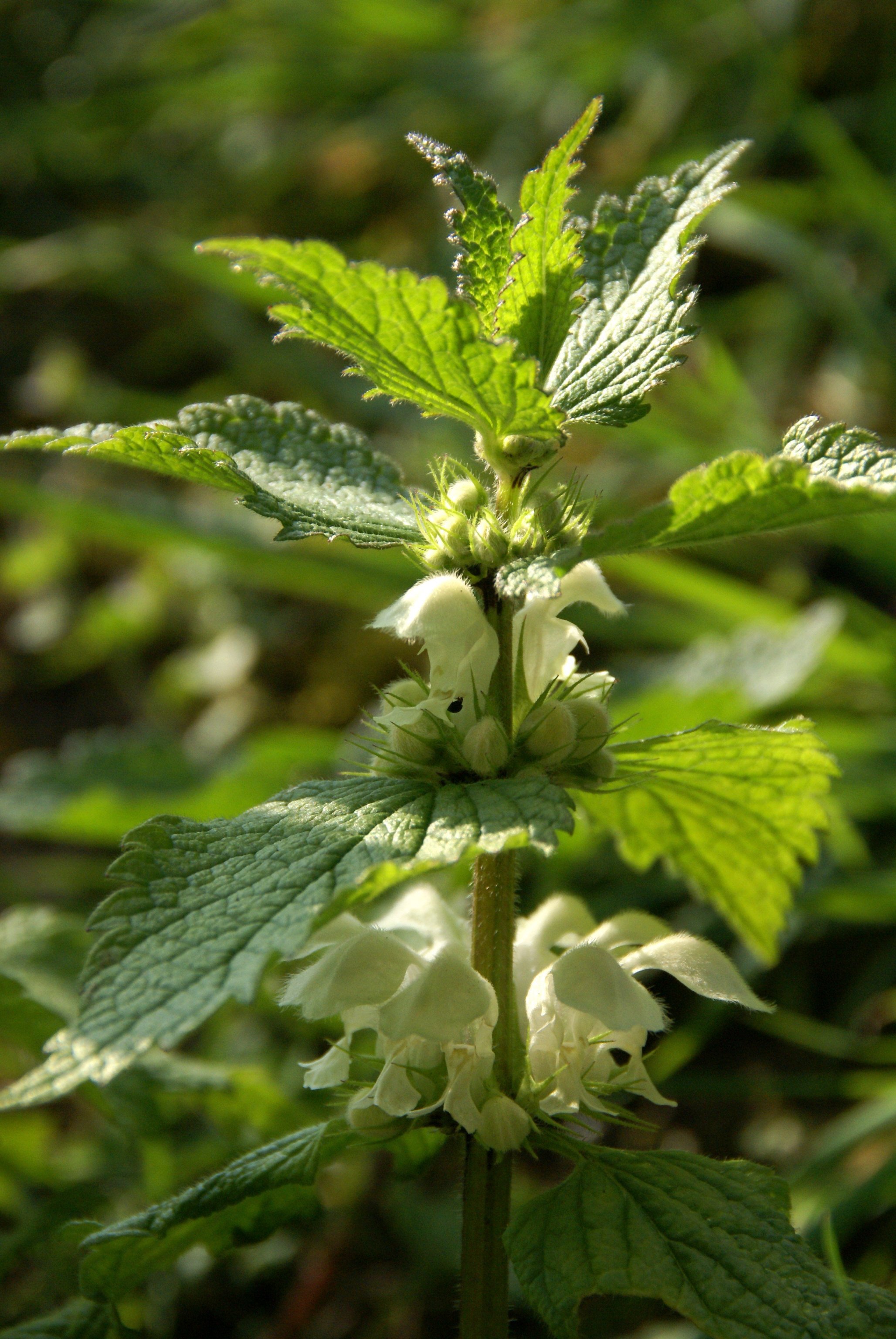Lamium album
white deadnettle
The white dead nettle is a downy perennial that spreads by rhizomatous stolons. Stems are square with pairs of leaves that are toothed, stalked and slightly heart shaped. Flowers are borne in whorls in the leaf axils from March to late autumn. They are white with hairy upper hoods and toothed lower lips. They provide a nectar source for long-tongued insects such as bumble bees and mason bees
Other common names
bee nettleblind nettle
see moreday nettle
deaf nettle
dog nettle
snake flower
white archangel

Buy this plant
Size
Ultimate height
0.1–0.5 metresTime to ultimate height
2–5 yearsUltimate spread
0.1–0.5 metresGrowing conditions
Moisture
Moist but well–drained, Well–drainedpH
Acid, Alkaline, NeutralColour & scent
| Stem | Flower | Foliage | Fruit | |
| Spring | White | Green | ||
|---|---|---|---|---|
| Summer | White | Green | ||
| Autumn | White | Green | ||
| Winter |
Position
- Full sun
- Partial shade
Aspect
North–facing or West–facing or East–facing
Exposure
Sheltered Hardiness
H7Botanical details
- Family
- Lamiaceae
- Native to GB / Ireland
- Yes
- Foliage
- Deciduous
- Habit
- Bushy
- Genus
Lamium can be annuals or, more usually, perennials, with coarsely toothed ovate leaves and 2-lipped, tubular flowers borne in whorls forming a short spike
- Name status
Correct
- Plant range
- Eurasia
How to grow
Cultivation
Naturally occurring in a wide range of habitats including disturbed ground, woodland edges, grassland and verges
Propagation
Propagate by seed
Suggested planting locations and garden types
- Wildflower meadow
- Wildlife gardens
Pruning
No pruning required
Pests
Generally pest-free
Diseases
Generally disease-free
Get involved
The Royal Horticultural Society is the UK’s leading gardening charity. We aim to enrich everyone’s life through plants, and make the UK a greener and more beautiful place.